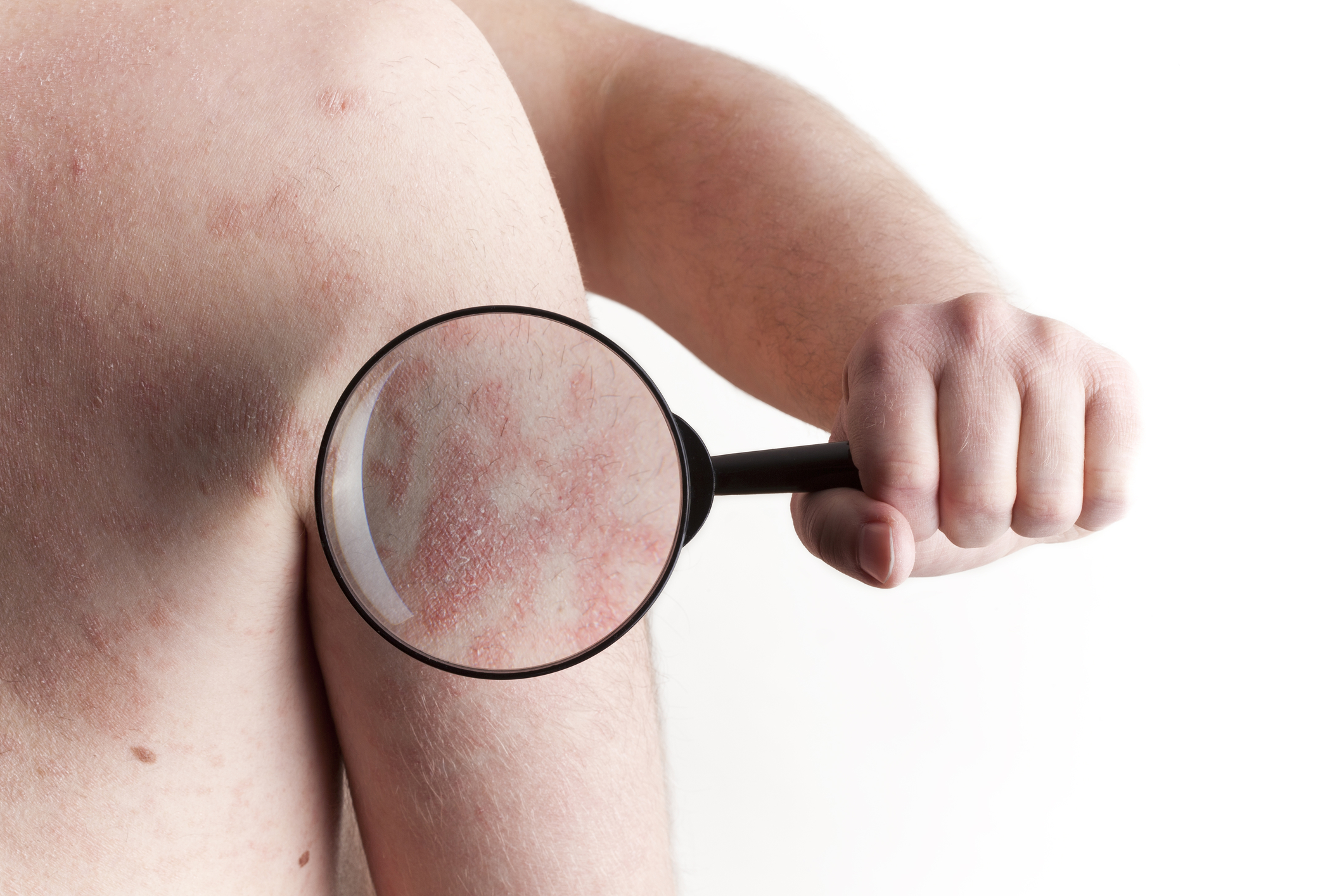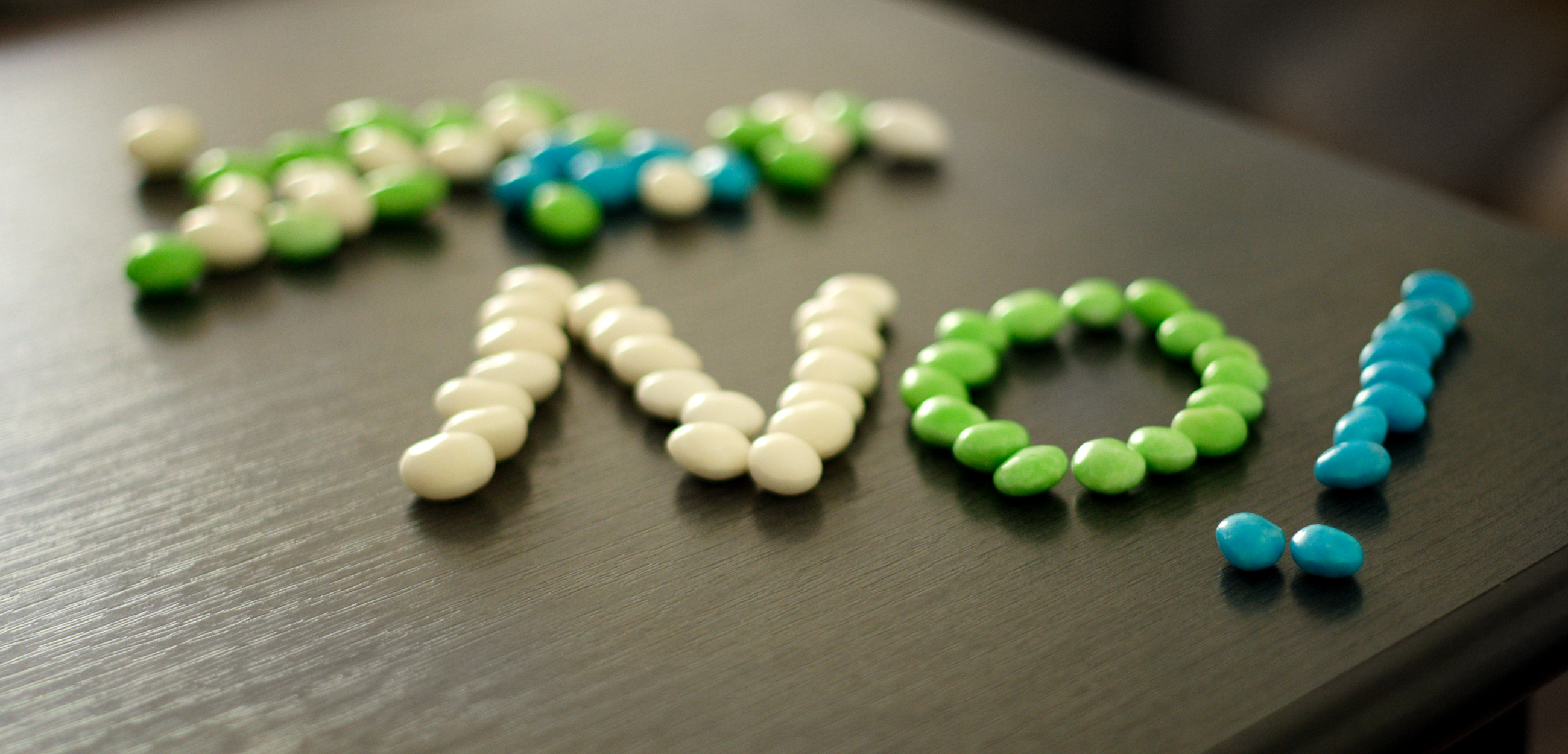How To Fight Psoriasis By Maintaining A Healthy Diet
Psoriasis is a condition characterized by dry, itchy skin patches that occur when skin cells build up rapidly on the skin’s surface. The extra cells are caused by an accelerated life cycle of skin cells: new skin cells appear before old ones can be removed. When excess skin cells pile up on the skin, it causes scales and red patches that are sometimes itchy and painful. Here are some tips for using diet to slow down the rate at which skin cells grow.
What Is Psoriasis?

Before using diet to get rid of psoriasis, it is important to understand how psoriasis develops. Psoriasis is an autoimmune disorder, meaning that it occurs when the immune system mistakes healthy cells for being foreign invaders and attacks them. Autoimmune conditions develop as a result of an inflammatory response to stimuli. Because the immune system is preoccupied with attacking its own tissues and cells, it cannot adequately fend off pathogens that cause infections and other illnesses.
Getting Rid Of Inflammatory Foods

The first step to correcting an autoimmune condition is to get rid of inflammatory foods, which cause chronic inflammation in the body. Foods that are high in refined sugars and carbohydrates are first offenders. They increase the inflammatory response by causing irritation to tissues. Psoriasis occurs when the immune system attacks the skin. Other inflammatory foods to avoid include soda, candy, sweets, gluten, dairy, hydrogenated vegetable oils, artificial sweeteners and additives, and soy products.
